-
Posts
1,615 -
Joined
-
Last visited
-
Days Won
39
Posts posted by mossemi
-
-
-
-
My air conditioner will run at the same time as the heater if I do not set the cool temperature to about 90°. I never understood why, I just figured out a way to make it work and moved on to the next thing.
I learned some new things about the thermostat from Victor's post last month.
https://www.youtube.com/watch?v=cmcSvh6xG2I&feature=emb_rel_end
Mossey
-
 1
1
-
-
5 hours ago, nrvale0 said:
I'm just happy that a thread I started has eventually evolved to the topic of Shower Beers. 😉
I’m just here to help in any way possible. 🙄
Mossey
-
 1
1
-
 3
3
-
-
If you are set on the rear curbside corner. Try this link.
https://www.rvupgradestore.com/Ceiling-TV-Mount-p/24-0119.htm
Mossey
-
2 hours ago, Fritz said:
Three questions regarding supplemental solar panels:
1. I understand (but I can't find where I might have read this in the manuals) that any supplemental solar panels plugged into the Oliver's external port require their own charge controller, i.e., electricity from the charge controllers does not go through the Zamp charge controller.
The above statement sums it up perfectly. The external port Oliver installs is wired directly to the batteries. It is the charge controllers job to condition the voltage from the panels before sending it to the batteries. The voltage produced by the panels varies outside of the batteries specifications, so the voltage must be conditioned to match the batteries required voltage parameters by a charge controller.
As such, any supplemental panels would require their own charge controller(s). If this is correct, then it confuses me, in that the Zamp ZS-30A is suitable for solar panels up to 510 watts (according to the manual), and the standard Oliver installation is only 340 watts. It seems the Zamp ZS-30A should be able to handle an additional 170 watts.
You are correct, the factory installed Zamp charge controller is rated to handle more amps than the factory solar panels require. But Zamp only makes charge controllers rated at 8, 10, 15, 30 and 60 amps. They have recently started offering a new 40 amp model. So there is not a Zamp charge controller built for 340 watts of solar panels.
(Supplemental panels without controllers are substantially less expensive than panels with controllers). Can anyone confirm that supplemental panels do, in fact, require their own controller, and if so, perhaps tell me why?
You could eliminate the additional charge controller by re-wiring the external port to the input of the existing charge controller instead of the batteries as long as you stayed below the maximum charge controller input.
2. If using multiple additional solar panels (e.g., for the sake of discussion, two 100-watt panels, each with their own controller), how do the controllers operate in tandem and in concert with the Oliver's installed Zamp controller to protect that batteries, in that the primary house controller and 2 supplemental controllers may each be trying to achieve the same result, but perhaps with different algorithms?
I can’t answer this question definitely, but I do know the many people operate multiple charge controllers with fixed solar installations because two 30 amp charge controllers are usually cheaper than one 60 amp. I think it falls under the charge controllers ability to reduce output based upon battery voltage.
3. Am I overthinking this?
This topic is relevant to me, because we frequently seek shade in our current camper (which has 260 watts on the roof), and, where possible, place a supplemental panel on 30-foot cable in the sun to charge batteries.
How does your current supplemental panel connect to the batteries? Does it have its own charge controller or does it run through the primary charge controller? Standard solar practices would place the charge controller as close to the batteries as possible, so the 30 foot cable connecting the supplemental panel to your current camper would need to be a larger gauge if there is a charge controller on the panel. Whereas a smaller gauge would suffice if the charge controller is in the camper. We pay a lot of money to harvest solar energy and we do not want to give that energy away through cable loss.
In closing, I would suggest you look up Will Prowse on YouTube. He produces very informative videos on everything solar and he has written a book that is available on Amazon that is well worth the price.
In advance, thanks for your help!
My responses are within your questions above.
Mossey
-
 3
3
-
 4
4
-
-
Oliver Travel Trailers
737 Columbia Hwy, Hohenwald, TN 38462
Mossey
-
19 hours ago, SherMica said:
I use a MacBook Pro but I connect it to a large curved desktop monitor — a 38-incher — yep — and I love it and use it for what I do.
18 hours ago, SeaDawg said:Thinking about it, you "could" possibly pick one side of the dinette for the monitor. Shower side. You'd sit facing the front of the trailer. It would take up a lot of space, and pretty much eliminate anyone sitting in that seat .
This is a picture of my last workstation, 2 - 32" and 3 - 24" monitors on a sit/stand desktop, so I get the big monitor thing. Your question got me to pondering the problem. My first thought based on Sherry's suggestion about the dinette and the fact that your traveling solo frees up one side of the dinette, was a Lagun mount on the side of the dinette seat under the table. Then I thought about mounting it to the shower wall, but that would be too far away for my taste. So here are a couple of options for both of my thoughts.
I do think you should live with the big monitor temporarily and try it in different locations to see where you would like to mount it permanently and then find the best solution.
Mossey
-
 1
1
-
 2
2
-
-
The Zamp Charge Controller is located between the solar panels and the batteries and controls the charge current from the solar panels on its way to the batteries.
The Xantrex XC2000/3000 is an inverter with a built in charger. The charger portion would charge the batteries after AC shore power had been converted to DC. This is a different circuit than the Zamp product.
So they are 2 different systems.
And I hope I didn’t make it any more complicated than necessary.
Mossey
-
 2
2
-
-
-
-
4 hours ago, Susan Huff said:
Great idea, but you don't get the "warm-fuzzy" feel you get drying off with a towel.
We've tried the camp towels,I’m already "warm&fuzzy", just ask anyone except Krunch. And I was already using the Absorder's or chamois's while motorcycle camping when camp towels became available, so I never have tried them. I would suggest that you compare the camp towel to the Absorber the next time you "are working at the car wash".😉
Mossey
-
 1
1
-
 1
1
-
-
23 hours ago, Fritz said:
Has anyone built something to protect the screendoor from dogs that occasionally scratch as a signal to get out?
Since my dogs are short and visually stimulated, I use corrugated sign board and 3M Command picture hanging strips to block their view. I do lose air circulation through the lower screen. And after the elections, you can recycle the political signs which will be in plentiful supply.
Mossey
-
 1
1
-
 1
1
-
 1
1
-
-
3 hours ago, Susan Huff said:
Are these still working out for you? I'm looking at them on Amazon and want to be sure before spending $18 each for the pockets.
Yes they are still in use and yes I still love them. Think of a silicone hot pad or oven mitt, they are nearly indestructible. We have 4 of the one in the picture and I see a different one called the Frank that is a little larger than ours and have a 10 lb. rating. And they are returnable if you don’t like them.
Mossey
-
 1
1
-
 1
1
-
-
2 hours ago, Susan Huff said:
I cut the Absorber in half to make 2 bath towels. I never worry about it drying. I just wet it, wring it out, dry off. Wet it again, wring it out and put it back in a quart size ziplock bag.
Mossey-
 1
1
-
-
Try this post for an equipment list. It’s a good start.
Mossey
-
 1
1
-
 2
2
-
-
Good question. The outlet tester is just that, a simple and safe way to test outlet wiring. It will verify the outlet is wired correctly and indicate any faulty wiring with idiot lights. The newer models incorporate a push button GFCI function which does the same thing as the push button on the GFCI outlet by creating a ground fault condition at the push of the button. This action will trip the circuit at the the GFCI outlet between the fault and the breaker panel. It can only test 120V AC circuits.
A multimeter is a much more sophisticated piece of test equipment that can provide useful information when testing and troubleshooting electrical problems. It can test both AC and DC circuits of varying voltages.
An outlet tester is similar to the yellow idiot light on the dash which tells you to put gas in your vehicle. And a multimeter is like the gas gauge in that it tells you how much gas you actually have.
Mossey
-
 1
1
-
 4
4
-
-
3 hours ago, Overland said:
So can we infer or have we confirmed that Oliver is now using the Freedom XC combination inverter chargers on all of their inverter equipped trailers now? If so, what are are they using for the distribution panel? From the photo above, it looks like it may be the PD-5000. And on their non-inverter equipped units, are they still using the PD-4000 converter, or are they doing a separate converter and distribution panel to keep the wiring the same for everything?
Just glancing through the XC 2000 manual, it looks like it has an optional remote display available. Does Oliver include that display with the unit?
It appears that there is some rudimentary diagnostic info displayed either on the remote display or on the unit itself. You should be able to verify whether the unit thinks it's operating properly via some hieroglyphics on the display, which are translated in the manual starting on page 39. I'll take a moment to publicly shame whomever designed their icons - a fluorescent bulb to represent a load?
I don't see any switching other than on and off. More relevant to the discussion is this note:
So the unit does NOT have to be on for shore power to reach the outlets.
That looks like it might be the Xantrex Remote Display Panel in the picture.
And I think you are right about the PD5000 Power Distribution Panel and the inability of the Xantrex XC series to supplement the AC load with inverted DC power.Mossey

-
 1
1
-
-
-
-
Ray's signature indicates he has a 2020 LE2. Oliver university only has Xantrex manuals for the the XC2000 and XC3000 and the remote listed for the 2020 model LE2. The Progressive Dynamics
PD9100/PD9200PD5000 Series AC/DC distribution panel does not have a dedicated charger breaker as my 2017 PD4000 Series does. And the main breaker is 30 amp. The manual says the XC 2000 requires a 30 amp breaker and the XC3000 requires a 50 amp breaker. So my guess is that the the Xantrex equipment installed in Ray's LE2 is a XC2000 and the fact that it doesn’t have a dedicated breaker for the charger in the PD panel leads me to believe that the Xantrex XC2000 is also wired for charging the batteries.This would support the Jason's statement that the Xantrex should always be on. And I would add that it should always be on if you are charging the batteries or using a AC load such as the dehumidifier Ray mentioned.
There is also a LBCO or low battery cut off setting from the Xantrex factory at 10.5v. Oliver may or may not have changed that setting.
In conclusion, I believe the fluctuations in incoming AC power forced the inverter to supplement the incoming AC with battery power and ran the batteries down to the 10.5v LBCO setting which then shut of the inverter, creating the condition Ray first reported.
I will also add my standard disclaimer: I have not read the entire XC2000 manual or looked at a 2020 LE2 wiring diagram, so I may be totally wrong, in which case I will say "Mea culpa”.
Mossey
-
 2
2
-
 1
1
-
 1
1
-
-
An electric Brat? Count me in!
Mossey
-
 1
1
-
-
Yes, it is neat and it might make hooking up an Ollie easier and cause some jaw dropping at the same time.
Mossey
-
 1
1
-
-
Kind of like an Elite!
Mossey





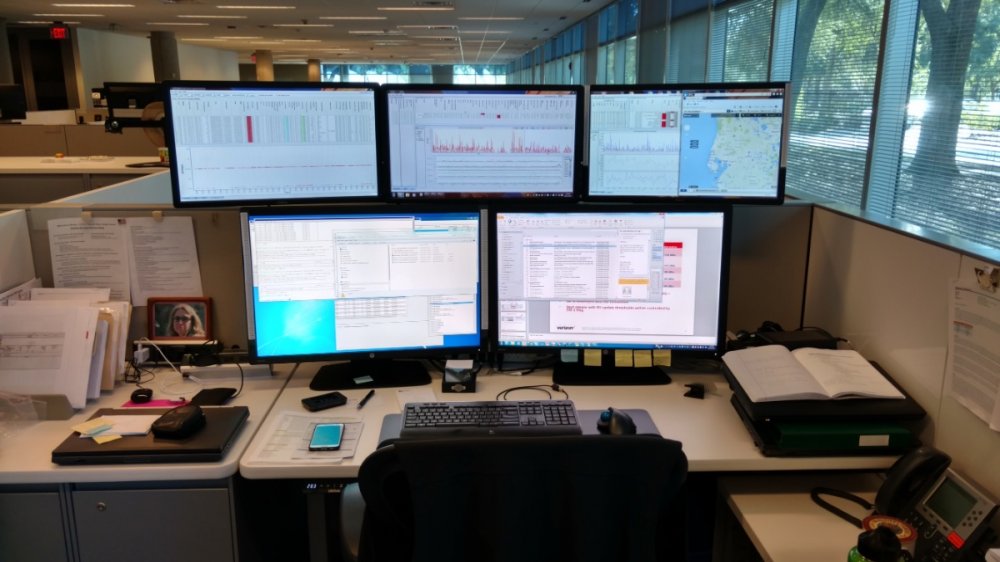

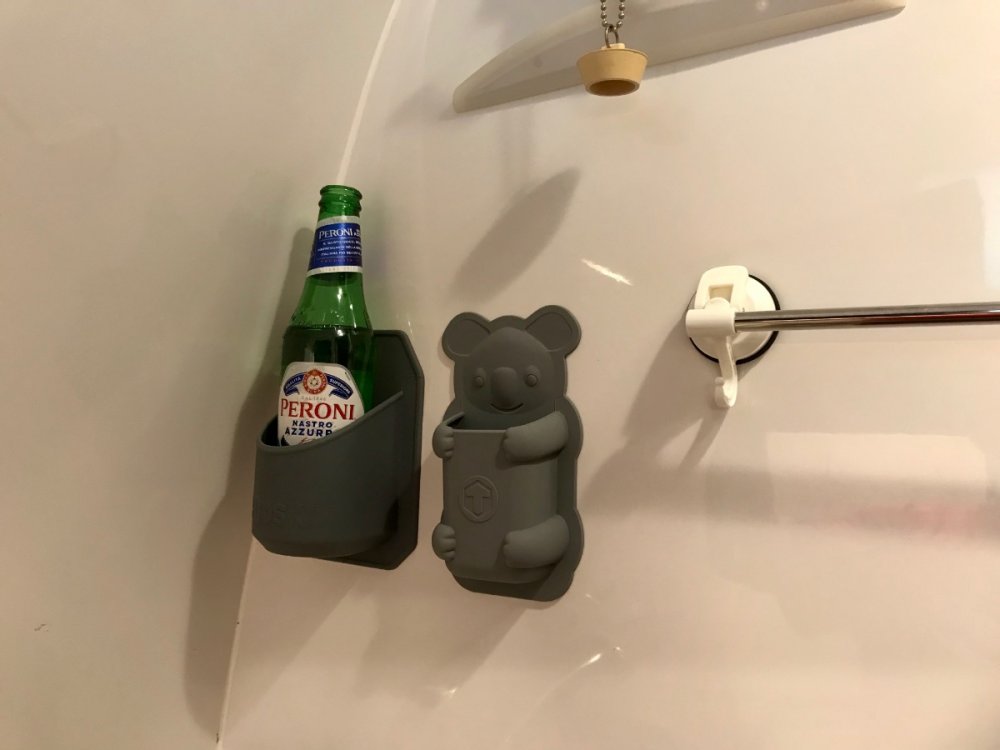
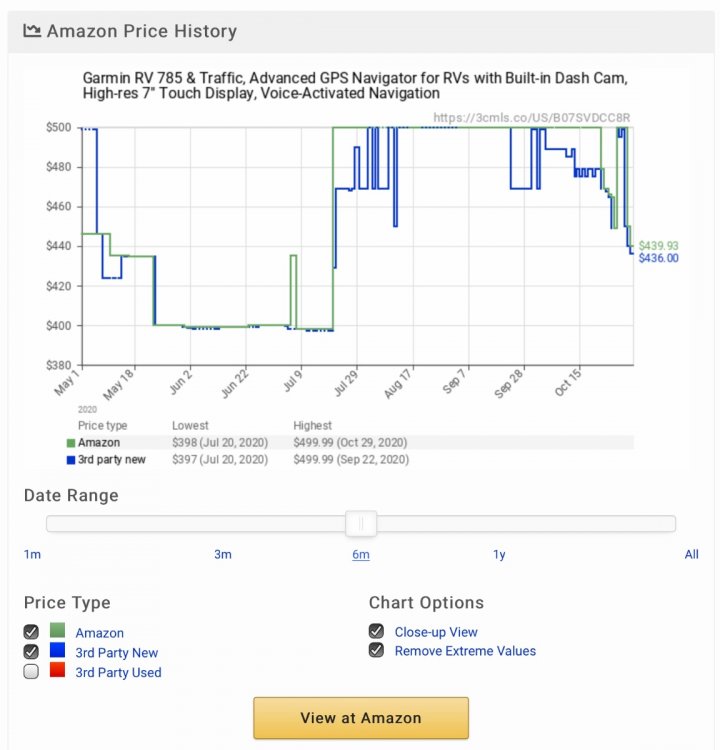
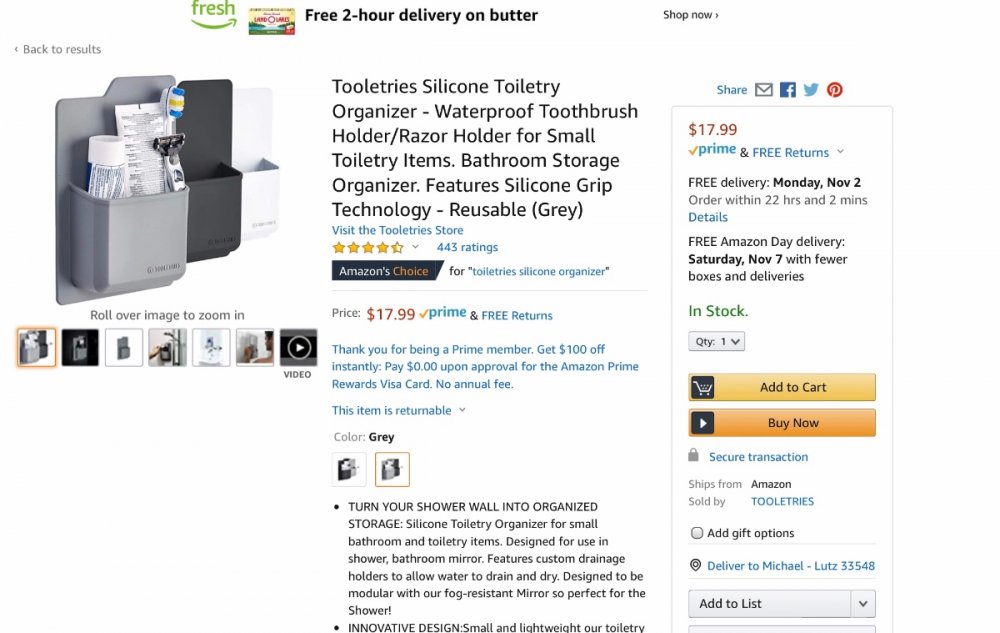

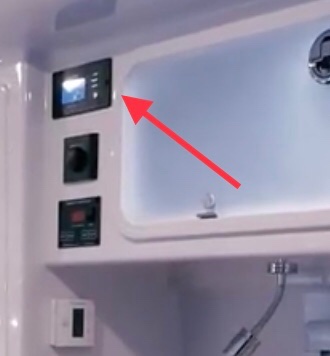

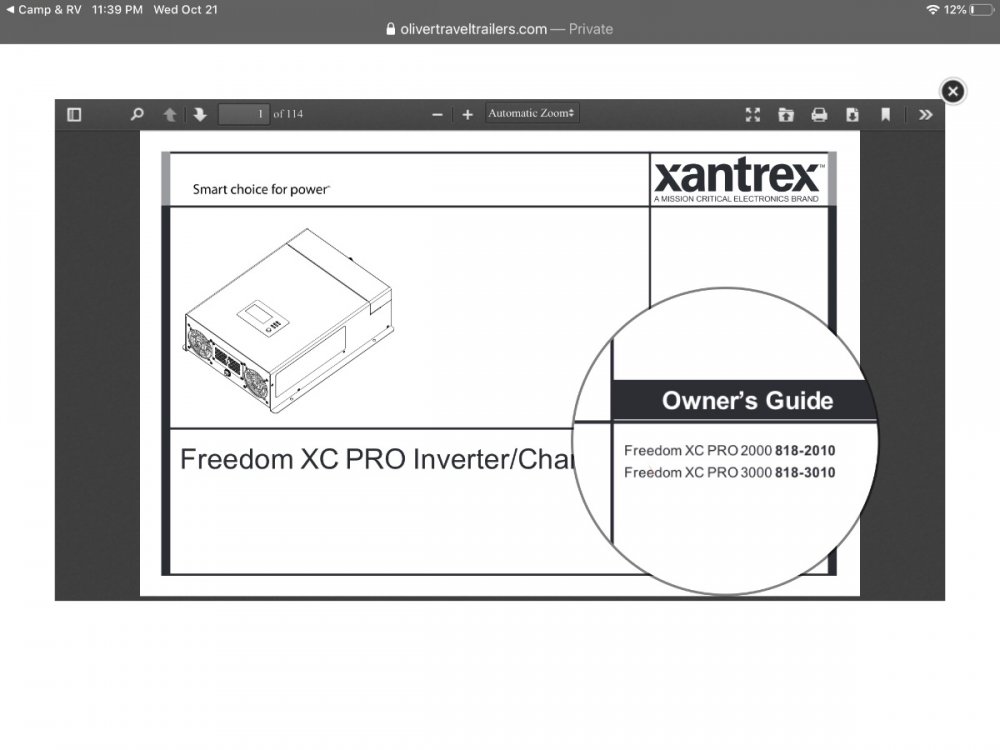
Garmin GPS's On Sale At Amazon
in General Discussion
Posted